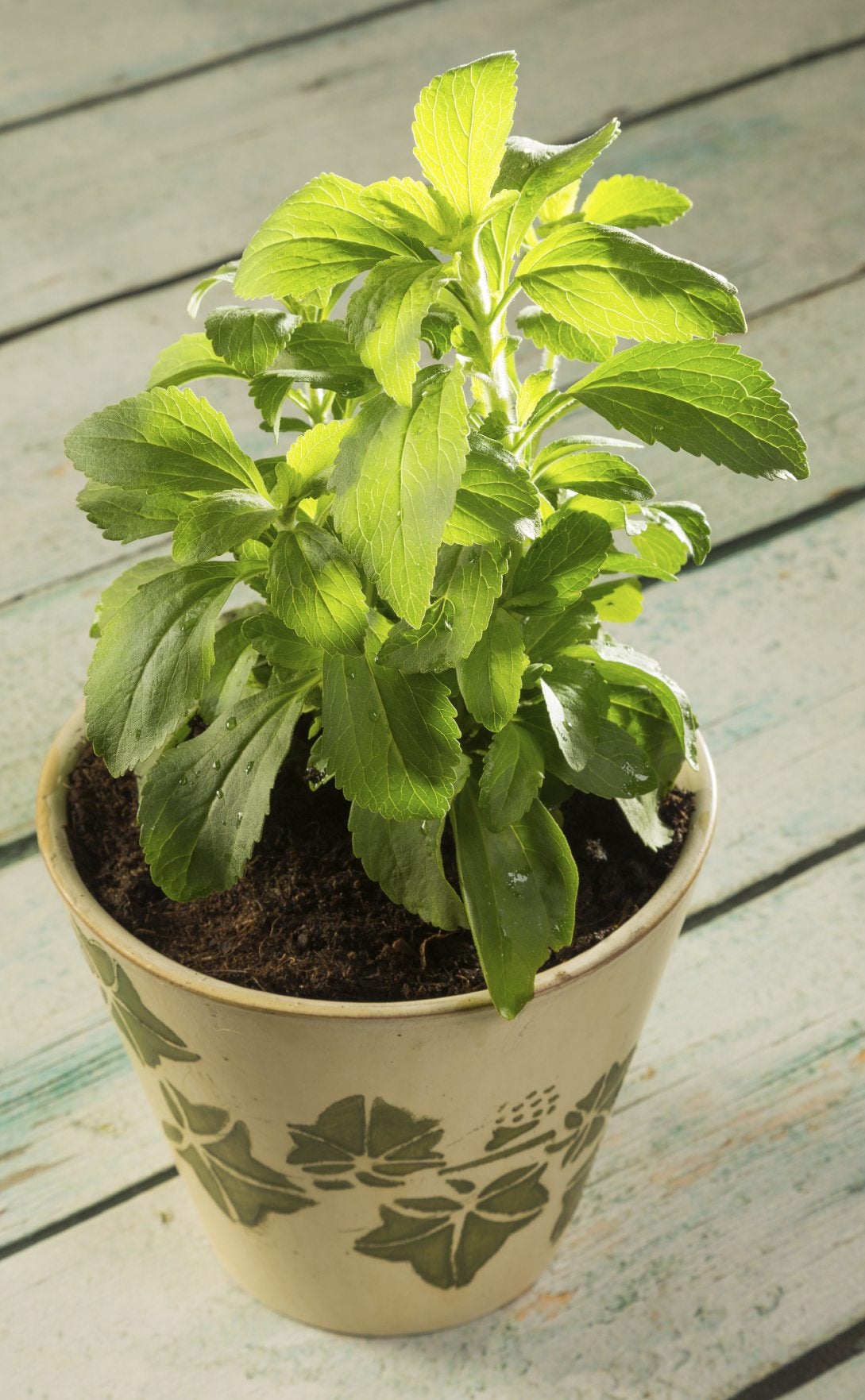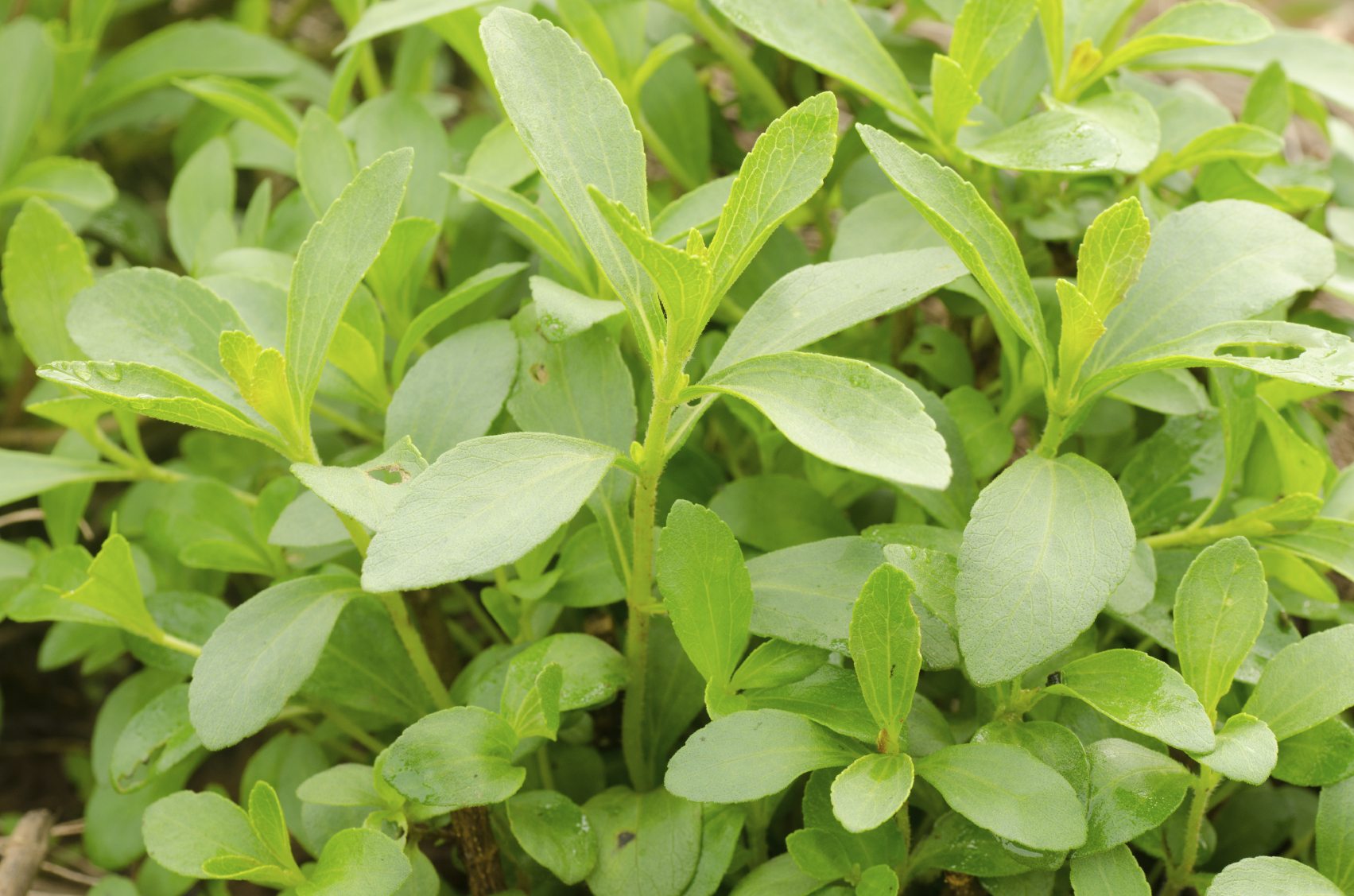Growing Stevia Plants In Winter: Can Stevia Be Grown Over Winter


Stevia is an attractive herbaceous plant that belongs to the sunflower family. Native to South America, stevia is often known as “sweetleaf” for its intensely sweet leaves, used to flavor teas and other beverages for centuries. In recent years stevia has become popular in the United States, valued for its ability to sweeten food naturally without raising blood sugar or adding calories. Growing stevia isn’t difficult, but overwintering stevia plants can present challenges, especially in northern climates.
Stevia Winter Plant Care
Growing stevia or stevia planting in winter isn’t an option for gardeners in cool climates. However, if you live in USDA plant hardiness zone 8, stevia usually survives the winter with a thick layer of mulch to protect the roots. If you live in a warm climate (zone 9 or above), growing stevia plants in winter is not a problem and the plants require no protection.
Can Stevia Be Grown Over Winter?
Overwintering stevia plants indoors is necessary in colder regions. If you live in a cooler climate north of zone 9, bring stevia indoors before the first frost in autumn. Trim the plant to a height of about 6 inches (15 cm.), then move it to a pot with a drainage hole, using a good quality commercial potting mix. You may be able to grow stevia on a sunny windowsill, but without adequate light the plant is likely to become spindly and less productive. Most plants perform better under fluorescent lights. Stevia prefers room temperatures above 70 degrees F. (21 C.). Snip the leaves for use as needed. Move the plant back outdoors when you’re sure all danger of frost has passed in spring. If you’ve never grown stevia it is usually available at greenhouses or nurseries specializing in herbal plants. You can also plant seeds but germination tends to be slow, difficult, and undependable. Additionally, leaves grown from seed may not be as sweet. Stevia plants often decline after the second year, but it’s easy to propagate new plants from healthy, mature stevia.
Gardening tips, videos, info and more delivered right to your inbox!
Sign up for the Gardening Know How newsletter today and receive a free copy of our e-book "How to Grow Delicious Tomatoes".

A Credentialed Garden Writer, Mary H. Dyer was with Gardening Know How in the very beginning, publishing articles as early as 2007.
-
 Types Of Tomatoes Explained: Explore The Many Wonderful Shapes, Colors, Flavors, & Best Uses
Types Of Tomatoes Explained: Explore The Many Wonderful Shapes, Colors, Flavors, & Best UsesThe world of tomato varieties is vast and fascinating. Learn about the key types to grow in your garden, tailored to your preferences and space.
By Amy Grant
-
 Try The Trend – Turn Any Bed Into A Keyhole Garden With This Clever In-Ground Composter
Try The Trend – Turn Any Bed Into A Keyhole Garden With This Clever In-Ground ComposterKeyhole gardening is an efficient and sustainable practice that saves space. Get started on this DIY project quickly and easily with an in-ground composter.
By Bonnie L. Grant
